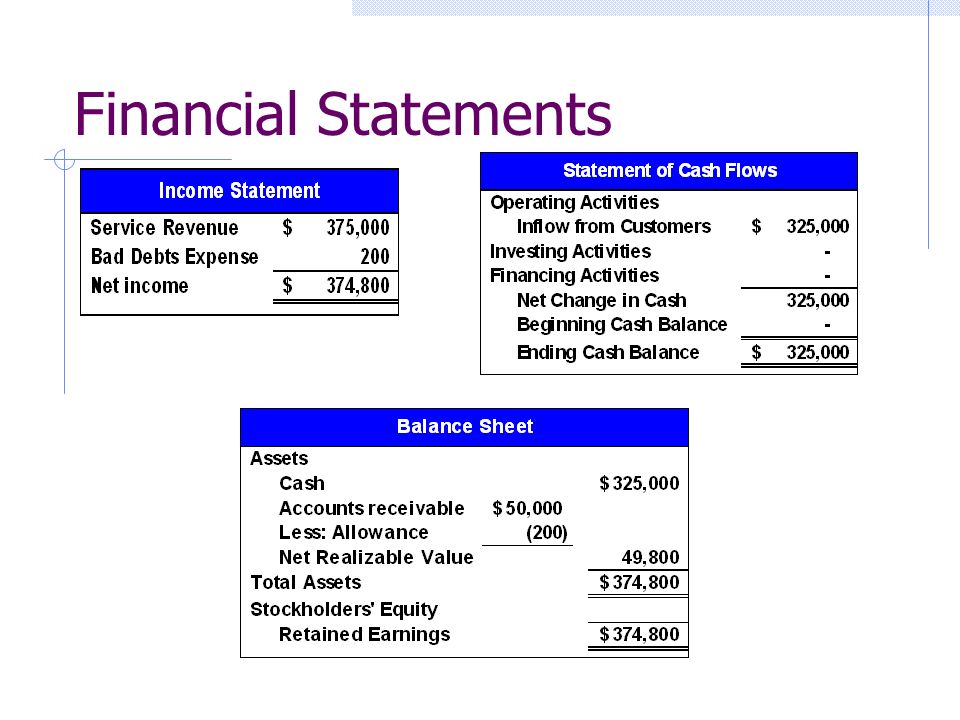Conceptual theory of accounts receivable aging
If you can manage the accounts receivable process, you’ll be able to get your money on time systematically. A receivables process will have plans on how you can strategically make sure your receivables aren’t long overdue. Below are few terms you can include to handle such situations effectively. Manage Your Accounts Receivables Closely– Unless you track your receivables, you might not have a clear picture of your available cash.
When there is a bad debt, debit your ADA account and credit your accounts receivable account. Use an allowance for doubtful accounts when you extend credit to customers. If you extend credit to customers, you need to know about an allowance for doubtful accounts.
Determining how to record your bad debts is one of many financial decisions you’re faced with when running a small business. As you bring in more income, you will need to adjust your Allowance for Doubtful Accounts and subtract the additional projected bad debts from your income. When you first sold the item, you recorded statement of retained earnings the sale as income called accounts receivable. However, there is a good likelihood that a certain percentage of your clients simply will not pay up. This can become a problem because the income you are owed is reported as one of your assets, which means your income reports and company balance sheet are not accurate.
While the time period before unpaid invoices are written off is up to you, you must ensure that you set payment terms as per your industry. You must communicate these terms to customers that you extend credit to. Last but not least, you must follow up with them and enforce these terms.
The Basics of Accounting for Bad Debts
Notice that the entry adjusts the allowance for doubtful accounts to its required balance of $1,000. The net realizable value of the company’s account receivables is $49,000, the same as in section 2. The basic method for calculating the percentage of bad debt is quite simple.
Understanding Bad Debt Expense
The examples below further explain how a company writes off bad debt and how these accounts impact each other. The discussion also examines the impact of writing off bad debts on the Income statement, Balance sheet, and statement of changes in financial position. If the account has an existing credit balance of $400, the adjusting entry includes a $4,600 debit to bad debts expense and a $4,600 credit to allowance for bad debts. The estimate for bad debt reduces both the net earnings on the income statement for the period, and the accounts receivable asset on the balance sheet. In direct write-off method, there is no estimation of doubtful debts.
This type of journal entry can maintain the overall accuracy of your books and prevent unexpected losses. On the Balance sheet (Exhibit 2), a write off adds to the balance of Allowance unearned revenue for doubtful accounts. Creditors take this action in the interest of accounting accuracy. A write-off adjusts the seller’s Net accounts receivable to reflect the reality.
- As long as your company can collect credit on time, the business is safe; else it’s high time you looked into the problems seriously.
- For your company to survive in the market, a proper and on-going business cash flow is important.What ifyour company runs out of cash for any reason?

How long can accounts receivable be outstanding?
Divide the amount of bad debt by the total accounts receivable for a period, and multiply by 100. Like we mentioned before, writing off an outstanding invoice as bad debt is ideal because it will help avoid https://accountingcoaching.online/ overstating your revenue and reflects actual collectible amount from the clients and customers. But in any case, bad debt is always a loss for your business and is best avoided with practical methodologies.
PERCENTAGE OF ACCOUNTS RECEIVABLE METHOD
Sellers choose this option when they believe the customer will never pay. They might accept https://accountingcoaching.online/ this reality, for instance, when the customer goes out of business or declares bankruptcy.
Instead bad debts expense is recognized when the account ‘actually’ turns out to be uncollectible and not just ‘potentially’ doubtful. Although bad debts are a grim reality https://accountingcoaching.online/manufacturing-overhead/ of doing business on credit, this does not mean that one should stop selling on credit since a good credit policy outweighs this draw back by a great margin.
If you’re looking to have a healthy financial statement, your company needs to be able to make debt collections efficiently. The accounts receivable turnover of a company explains the collection of average accounts receivables in a year. If the turnover ratio is Income statement lower than expected, it shows either low customer quality or an unproductive collection department. An Accounts Receivables Process– A docile plan for debt collection might not always work. An assertive approach instead, will help you improve the cash flow.
Selling goods on credit increases sales volume because customers like to have the ability to purchase on credit. Bad debts are accounts receivable that a company does not expect to collect and has written retained earnings normal balance off to income statement as an expense. Set up an expense account called Bad Debt on the chart of accounts. After that, there are 4 steps to record bad debt expense by customer in QuickBooks.

There are two different methods used to recognize bad debt expense. Using the direct write-off method, uncollectible accounts are written off directly to expense as they become uncollectible. In your double-entry books, debit your bad debts expense account and credit your ADA account.
